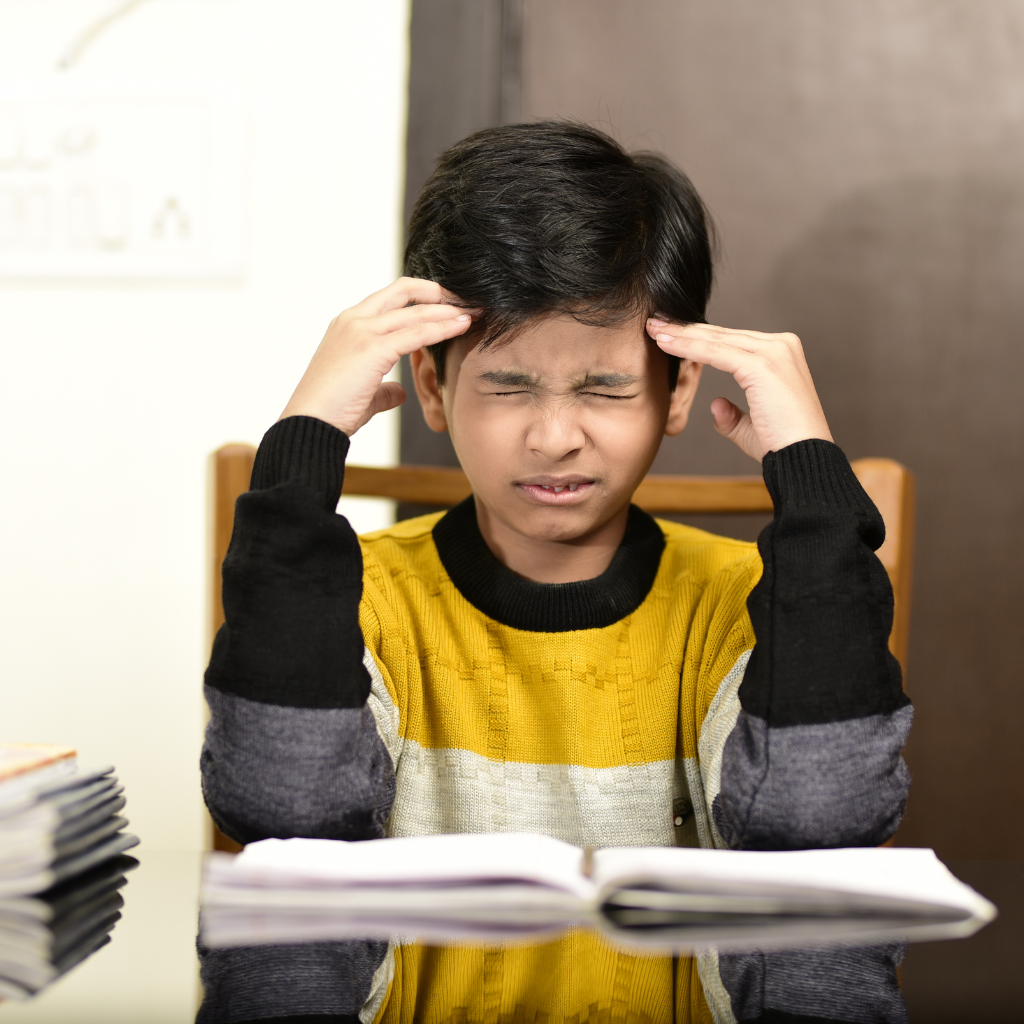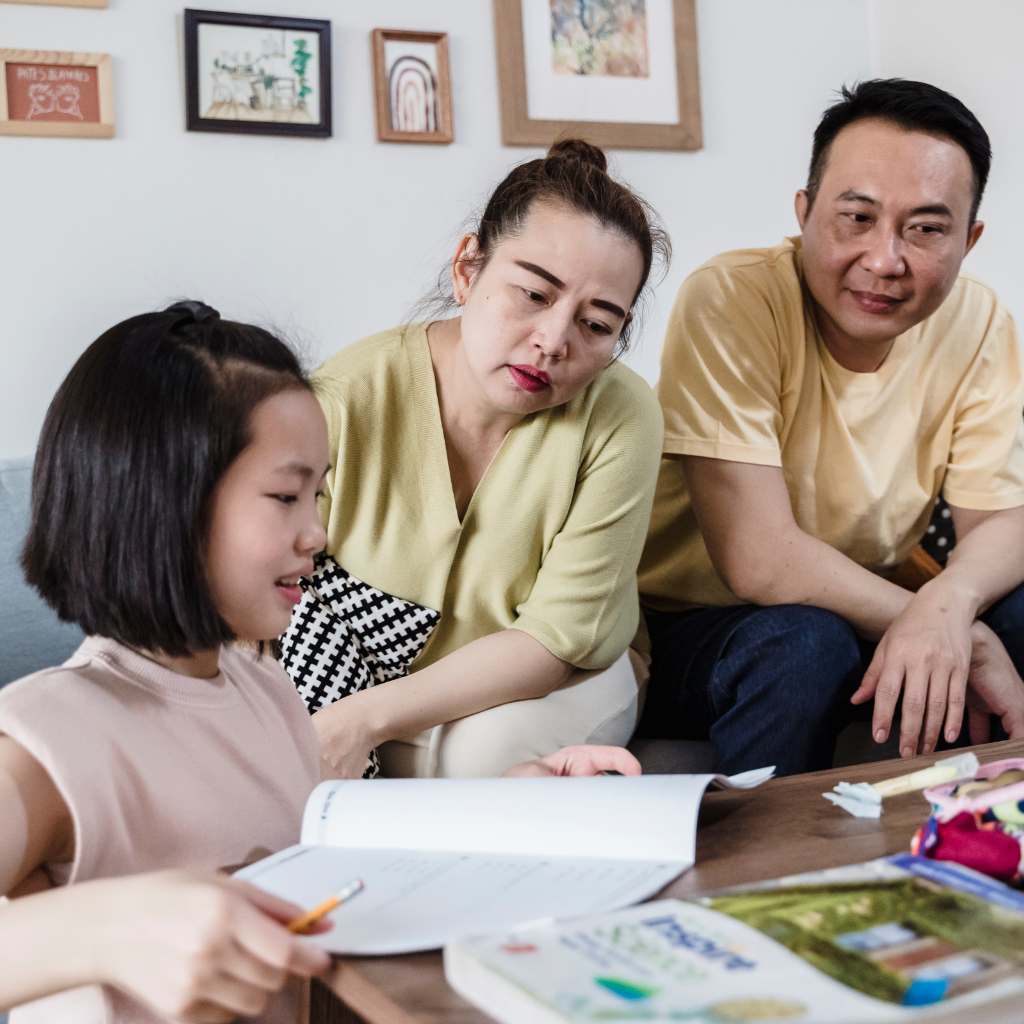Learning Disabilities: Understanding Challenges and Unlocking Potential

Stefanie Solomon

The way we learn shapes not only our academic future but also our confidence, relationships, and mental well-being. For some, learning can feel like a constant uphill climb — not because of a lack of intelligence, but because their brain processes information differently. These differences are known as learning disabilities, and they can affect everything from reading and writing to memory and problem-solving. With the right support, people with learning disabilities can not only succeed academically but thrive in life.
What is a Learning Disability?
A learning disability is a neurological condition that affects how a person acquires, processes, or communicates information. It is not a measure of intelligence — in fact, many individuals with learning disabilities have average or above-average IQs. Instead, it reflects differences in brain wiring that make certain skills harder to master. According to the National Center for Learning Disabilities, around 1 in 5 children in the U.S. have learning and attention issues, but many go undiagnosed, leading to academic struggles and emotional challenges later in life.

The Mental Health Connection
Learning disabilities don’t just impact report cards — they can deeply influence mental health. Struggling to keep up in school despite putting in extra effort can lead to feelings of frustration, anxiety, and low self-esteem. Over time, these emotions may develop into depression or generalized anxiety disorder.
Research from the Journal of Learning Disabilities found that students with learning disabilities are twice as likely to experience mental health disorders compared to their peers without such challenges. When academic struggles go unrecognized, children may begin to believe they are “less capable,” which can affect motivation and self-worth well into adulthood.
This is why mental health professionals often advocate for holistic support — addressing not only the academic hurdles but also the emotional toll that comes with them.
Types of Learning Disabilities
While every individual’s experience is unique, learning disabilities generally fall into certain categories. Here’s an overview of the most recognized types and examples:
- Dyslexia – Affects reading skills, including word recognition, spelling, and decoding.
- Dyscalculia – Impacts the ability to understand and work with numbers.
- Dysgraphia – Involves difficulty with writing, handwriting, and organizing written work.
- Auditory Processing Disorder (APD) – Makes it harder to understand spoken language and differentiate sounds.
- Visual Processing Disorder – Affects interpreting visual information like shapes, letters, or spatial relationships.
- Nonverbal Learning Disabilities (NVLD) – Associated with difficulty interpreting nonverbal cues like body language and facial expressions.
Is ADHD a Learning Disability
Attention-Deficit/Hyperactivity Disorder (ADHD) – While technically classified as a neurodevelopmental disorder, it often overlaps with learning disabilities and impacts attention, organization, and task completion. There are tips to study with ADHD that can help.
Understanding these categories can help parents, educators, and clinicians identify the right interventions early on.
How Early Intervention Can Help
The earlier a learning disability is identified, the better the outcomes. Early intervention can prevent gaps in learning from widening and can reduce the mental health impact associated with chronic academic struggles.
Programs like Individualized Education Programs (IEPs) in the U.S. or equivalent support systems worldwide ensure that students receive tailored teaching methods, extra time for assignments, or technology aids to support learning.
A report from the National Institutes of Health found that children who receive targeted interventions before third grade have significantly improved literacy and math outcomes compared to those who receive help later.
Early detection also helps parents and teachers set realistic expectations and develop strategies that nurture strengths while addressing challenges.
Treatment and Support Options

Treatment for learning disabilities is multi-faceted and may include:
- Specialized Education Plans – Tailored learning strategies, smaller class sizes, and personalized lesson plans.
- Speech and Language Therapy – Helpful for children with dyslexia, auditory processing disorders, or language-based disabilities.
- Occupational Therapy – Supports children with dysgraphia or fine motor skill difficulties.
- Assistive Technology – Tools like text-to-speech software, audiobooks, and specialized math apps can make learning more accessible.
- Counseling and Mental Health Support – Therapy can address the emotional effects of academic struggles, teaching coping skills and resilience.
- Parental Involvement and Advocacy – Parents play a crucial role in ensuring consistent support both at home and school.
Collaboration between educators, mental health professionals, and families is essential to create an environment where children with learning disabilities can thrive.
Final Thoughts
A learning disability is not a barrier to success — it’s simply a different way of learning. When we approach education with understanding, compassion, and the right tools, we unlock a world of potential for those who learn differently. If you or someone you know is struggling with persistent academic challenges, seeking an evaluation can be the first step toward clarity and confidence. Remember, early action not only supports academic growth but also protects mental well-being for years to come.
Responsibly edited by AI
Other Blog Posts in
Animo Sano Psychiatry is open for patients in North Carolina, Georgia and Tennessee. If you’d like to schedule an appointment, please contact us.
Get Access to Behavioral Health Care
Let’s take your first step towards. Press the button to get started. We’ll be back to you as soon as possible.ecovery, together.




